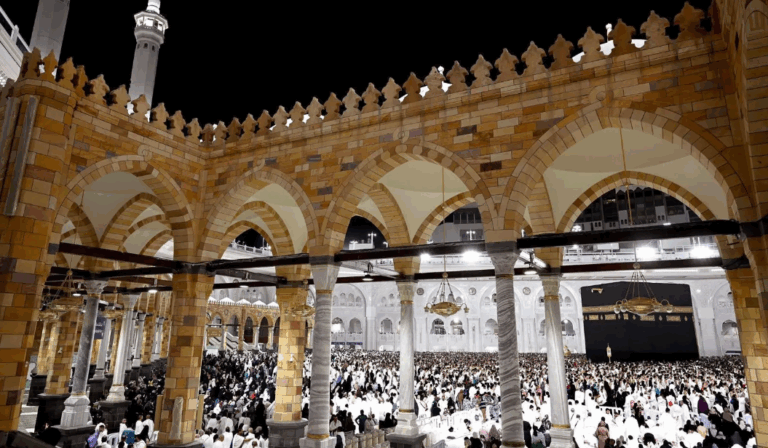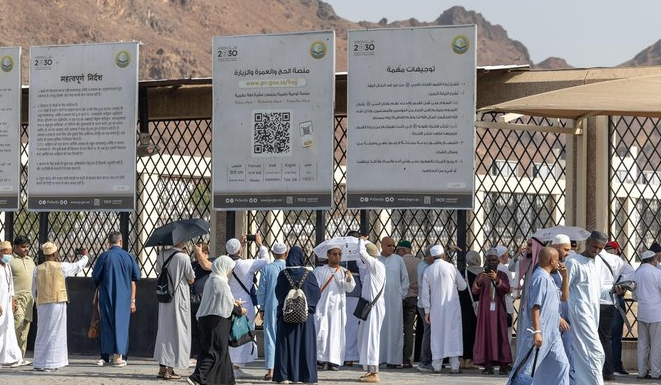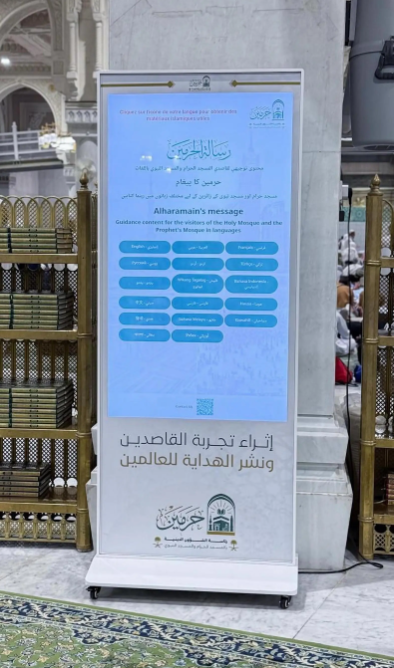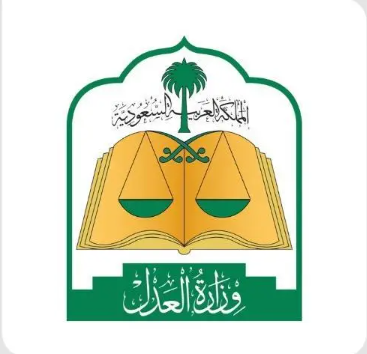**Título:**
Jurash Unveils Ancient Irrigation System
**Intro:**
The Heritage Commission has announced a landmark discovery in Saudi Arabia’s Asir region: the Jurash Archaeological Site’s 2023 excavations revealed advanced ancient infrastructure. Uncovered residential units, a sophisticated stone-built irrigation network, and artifacts shed light on early engineering and daily life, cementing Jurash as a cornerstone of southern Arabian archaeology.
**Factbox (50 palabras):**
– **Fecha:** 13 febrero 2024 (anuncio).
– **Ubicación:** Jurash, región de Asir.
– **Hallazgos:** Residencias de piedra y arcilla, sistema de riego (pozo, canales, cuencas), hornos, terrazas y herramientas.
– **Destaca:** Ingeniería hidráulica del siglo XV (temporada de excavación).
– **Artefactos:** Cuentas de piedra y utensilios diarios.
– **Autoridad:** Comisión de Patrimonio de Arabia Saudita.
**Descubrimiento Arqueológico en Jurash: Revelando los Secretos Milenarios de Asir**
*Abha, 13 de febrero de 2024* — La Comisión de Patrimonio de Arabia Saudita ha anunciado un hallazgo sin precedentes en el enclave arqueológico de Jurash, ubicado en la región de Asir. Tras una intensa 15ª temporada de excavaciones en 2023, este sitio emerge como un referente clave para entender la historia antigua del sur del Reino. A continuación, desglosamos los detalles de este descubrimiento que está reescribiendo la narrativa arqueológica de la región.
—
### **Arquitectura Residencial: Un Viaje a las Comunidades Antiguas**
El equipo científico descubrió **unidades habitacionales** que revelan una sofisticada planificación urbana. Estas estructuras, ubicadas en el perímetro norte del yacimiento, destacan por sus **muros construidos con piedra y arcilla**, una técnica que refleja adaptación al entorno y conocimientos ingenieriles. Los restos se integran con hallazgos previos, sugiriendo que Jurash albergó un asentamiento extenso y cohesionado.
– **Materiales y Técnicas**: El uso de piedra local y arcilla no solo aseguraba durabilidad, sino también aislamiento térmico, crucial para el clima árido.
– **Distribución Espacial**: Las unidades se organizan en patrones que indican áreas diferenciadas, posiblemente para actividades domésticas y sociales.
—
### **Ingeniería Hidráulica: Innovación en el Desierto**
Uno de los hallazgos más revolucionarios es un **sistema de irrigación avanzado**, evidencia de una gestión hídrica magistral:
1. **Pozo Principal**: Construido con piedras apiladas, alcanzaba capas freáticas para abastecer a la comunidad.
2. **Canales de Distribución**: Flanqueados por dos hileras de piedras, transportaban agua hacia las viviendas y **cuencas subsidiarias**, asegurando riego y consumo.
3. **Cuencas de Almacenamiento**: Reservorios estratégicos que mitigaban la escasez en épocas secas.
Este sistema subraya cómo los antiguos habitantes transformaron un entorno hostil en un espacio habitable, sentando bases para la agricultura y la vida sedentaria.
—
### **Vida Cotidiana: Herramientas y Artesanías que Hablan del Pasado**
Las excavaciones desenterraron **artefactos** que iluminan la rutina y creatividad de los pobladores:
– **Herramientas de Piedra**: Cuchillos, raspadores y morteros, diseñados para actividades como la preparación de alimentos o el trabajo con pieles.
– **Cuentas de Piedra Tallada**: Piezas ornamentales de precisión, usadas probablemente en joyería o intercambios comerciales, evidenciando destreza artesanal.
– **Hornos y Terrazas**: Áreas comunales para cocinar y socializar, construidas con los mismos materiales que las viviendas, lo que sugiere una cultura colaborativa.
—
### **Jurash: Un Legado que Renace**
Este descubrimiento posiciona a Jurash como un **pilar arqueológico del sur saudí**, ofreciendo claves sobre el desarrollo de las sociedades preislámicas en la Península Arábiga. La continuidad en las excavaciones (15 temporadas hasta la fecha) refleja el compromiso del Reino por preservar su herencia cultural.
**Implicaciones Futuras**:
– **Turismo Cultural**: Potencial para integrar el sitio en rutas históricas, atrayendo a estudiosos y viajeros.
– **Estudios Interdisciplinarios**: Colaboraciones entre arqueólogos, antropólogos y geólogos podrían develar más sobre migraciones, clima antiguo y tecnologías perdidas.
La Comisión de Patrimonio reitera que este es solo el inicio: cada capa de tierra removida en Jurash acerca al mundo a un pasado donde la innovación y la comunidad fueron claves para la supervivencia.
*¿Qué otros secretos guardará este rincón de Asir? El tiempo —y el trabajo incansable de los arqueólogos— lo revelará.*
—
**Palabras clave**: Arqueología Saudita, Jurash, Comisión de Patrimonio, Ingeniería Antigua, Asir.
**FAQs: Jurash Archaeological Discovery in Asir, Saudi Arabia**
1. **Where is the Jurash Archaeological Site located?**
The Jurash Archaeological Site is situated in the Asir region near Abha, Saudi Arabia. It gained prominence after the 2023 excavations revealed residential units and advanced irrigation systems, marking a historic breakthrough.
2. **What makes the Jurash discovery a major breakthrough?**
The findings include interconnected residential structures, innovative irrigation technology, and artifacts like stone tools and beads, offering unprecedented insights into ancient urban life and engineering in southern Arabia.
3. **What architectural features were uncovered at Jurash?**
Researchers discovered residential units with stone-and-clay walls, terraces, stoves, and a complex irrigation system comprising a stone well, primary channels, and subsidiary basins for water distribution.
4. **How does the ancient irrigation system at Jurash work?**
Water was drawn from a stone-built well into channels flanked by stone rows, directing flow to homes and basins, demonstrating advanced hydrological management for sustainable settlement in arid environments.
5. **What artifacts were found besides architectural remains?**
Excavators cataloged stone tools for daily use and intricately crafted stone beads, highlighting the inhabitants’ technical skills and cultural practices, such as adornment or trade.
6. **What time period does the Jurash site date to?**
While exact dates await further analysis, the structures and artifacts suggest occupation during a historically significant era, possibly linked to pre-Islamic civilizations in the region.
7. **Why is the irrigation technology considered innovative?**
The system’s design—stacked-stone wells, organized channels, and distribution basins—reflects sophisticated engineering to optimize water resources, rare for ancient settlements in arid regions like Asir.
8. **How does this discovery impact Saudi Arabia’s heritage?**
It positions Jurash as a key site for understanding southern Arabia’s ancient urbanization, technological advancements, and cultural exchanges, enriching the Kingdom’s archaeological narrative.
9. **Will the Jurash site be accessible to the public?**
While unconfirmed, such discoveries often lead to controlled tourism initiatives post-preservation. The Heritage Commission may prioritize site protection before considering visitor access.
10. **What do the stone beads reveal about Jurash’s society?**
The beads’ craftsmanship suggests specialized artisanship, possibly indicating social stratification, trade networks, or ritual practices, offering clues about the community’s cultural and economic dynamics.
11. **What excavation methods were used at Jurash?**
The Heritage Commission employed systematic stratigraphic excavations during the 15th season (2023), meticulously documenting layers to preserve contextual relationships between structures, artifacts, and soil deposits.
12. **How does Jurash compare to other Saudi archaeological sites?**
Unlike coastal or desert sites, Jurash’s inland location and preserved irrigation infrastructure provide unique insights into upland settlement strategies and water management in ancient Arabia.
13. **Were organic materials like textiles or wood found?**
The report highlights stone and clay artifacts but does not mention organic preservation. Arid conditions might yet yield such finds in future excavations.
14. **What future research is planned for Jurash?**
Priorities include artifact analysis (e.g., tool use, bead origins), expanding excavations to unexamined sectors, and employing technologies like radiocarbon dating to establish chronological frameworks.
15. **How do these findings reshape regional history?**
Jurash challenges assumptions about ancient southern Arabia, revealing complex societies with engineered water systems, structured housing, and artisanal traditions, contributing to broader narratives of Arabian Peninsula development.
**CTA:**
🌟 *Uncover the Past, Inspire the Future!* 🌟
Plan a journey to the Jurash Archaeological Site or follow the Heritage Commission’s latest discoveries on social media. Passionate about history? **Share this article**, tag a fellow history lover, and drop a comment below—tell us which ancient innovation amazed you the most!
**Conclusión:**
The revelations at Jurash are more than remnants of the past—they are a window into the ingenuity of ancient societies. From precision-crafted irrigation systems to artifacts that whisper stories of daily life, this site redefines our connection to Saudi Arabia’s cultural roots. As layers of history continue to unfold, Jurash stands as a powerful reminder of why preserving our heritage is key to understanding humanity’s journey. The sands of time still hold secrets, and every discovery fuels our collective curiosity.
**Agradecimiento:**
A heartfelt *thank you* to the Heritage Commission and the unsung heroes—archaeologists, researchers, and local collaborators—whose passion and precision brought Jurash’s legacy to light. To our readers: Your enthusiasm for history turns these findings into shared treasures. Stay curious, stay connected, and keep exploring with us! 🏺✨
—
*Let history inspire you—subscribe for updates and never miss a discovery!* 🔍📧











